Forget unicorns. This year’s Philippine Blockchain Week wasn’t about chasing the next hype coin or pitching the flashiest startup. Instead, it spotlighted something far more powerful—real-world blockchain adoption happening right here, right now.
At its fourth edition, the two-day event proved the Philippines is no longer just a “potential market” for Web3—it’s a blueprint in motion. From clear regulatory frameworks to mass-market digital currency access and youth-powered creator communities, the country’s blockchain ecosystem is evolving fast.
“We’re just one of the few countries in the world that has these regulations, really welcoming these innovations like blockchain,” said Mark Gorriceta, Managing Partner at Gorriceta Africa Cauton & Saavedra. He noted that the Philippines’ early start with regulating fiat-to-crypto exchanges has expanded into broader digital asset oversight.
“Think of a stock exchange,” Gorriceta added. “Instead of exchanging shares or stocks in a Philippine company, you’ll now be allowed to trade your Bitcoin and other tokens in that platform or exchange.”
The promise of mass adoption isn’t theoretical anymore—millions of Filipinos are already using digital currency, often without even realizing it.
“Within the Gcash app, you now have direct access to buy and sell and send, and receive crypto,” said Luis Buenaventura, Crypto Head at Gcash. “It’s one of the icons there. And now we have several million Filipinos actively using it.”
For ecosystem builders like Donald Lim, blockchain’s next frontier lies with government and civic engagement. “If every LGU were to put their local IDs or even senior citizens or city IDs to be part of the blockchain, that’s going to be a massive first step,” he said. “Because after that, there will [also] be a global impact.”
But it’s not just about regulation and fintech. This year’s major theme was the explosive growth of Web3 in gaming and creator communities—a sector where the Philippines is already a world leader.
“Philippines is ground zero for Gamify and Web3,” declared Evan Luthra, General Partner at KOL Capital. “They’re using crypto, they’re adopting crypto. Even from playing a game, that means you have a crypto wallet. So, I think that is a big opportunity here.”
For creators like Aya De Quiroz, the future of Web3 isn’t limited to digital screens. “Let’s bring back physical, tangible things like VR boxes. Let’s do a bunch of dancing, whatever—stuff on stage or in front of my house or something crazy like that,” she said. “Those Web2 guerrilla marketing tactics that have worked have yet to enter the Web3 space.”
Meanwhile, international investors are getting serious about traction over tokens.
“When it comes to venture investment, we’re now looking at products that actually generate revenue,” said Laura Inamedinova, Chief Ecosystem Officer at Gate.io. “We’re looking for products that actually have a use case, have a community, and have some sort of traction from not just Web3, but Web2 as well.”
Perhaps the most inspiring takeaway? It’s the next generation that’s stepping into the Web3 world.
“I’ve never seen children from school come into a blockchain world,” said Luthra. “I think it’s great for children to have this exposure. Because technology doesn’t look for degrees.”
The main message here is that blockchain in the Philippines isn’t just growing up, it’s growing roots.
Watch | Crypto Fight Night: Web3 brings fresh twist to combat sports


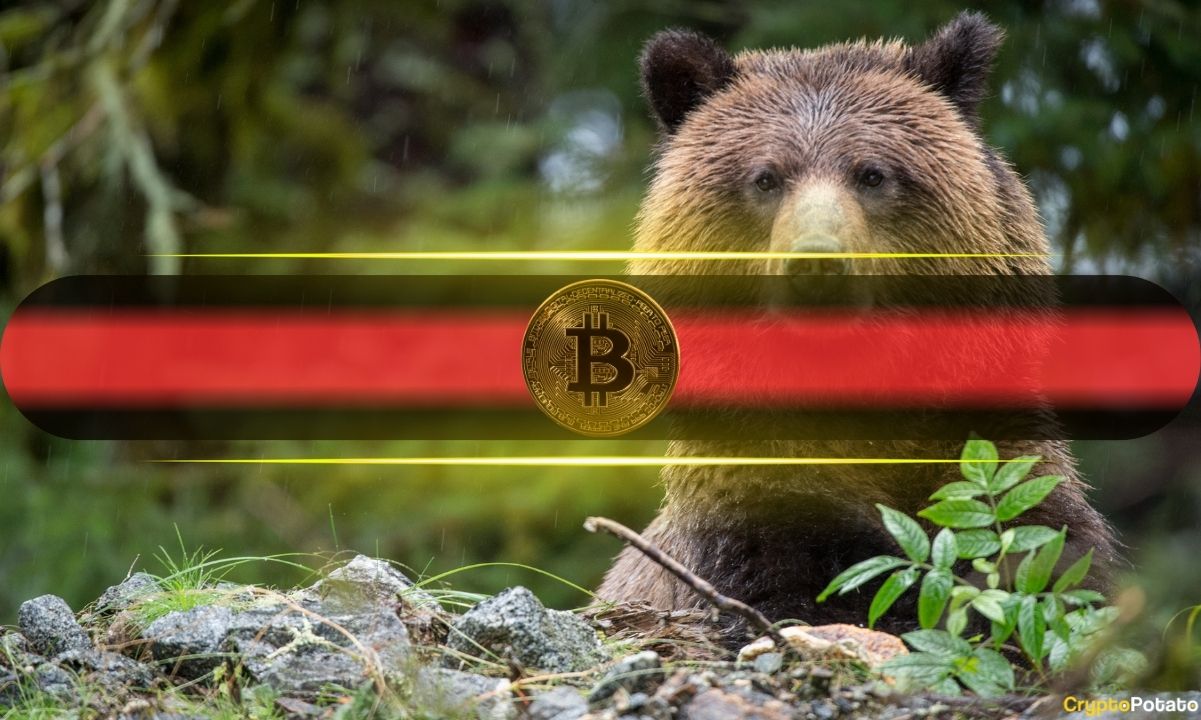
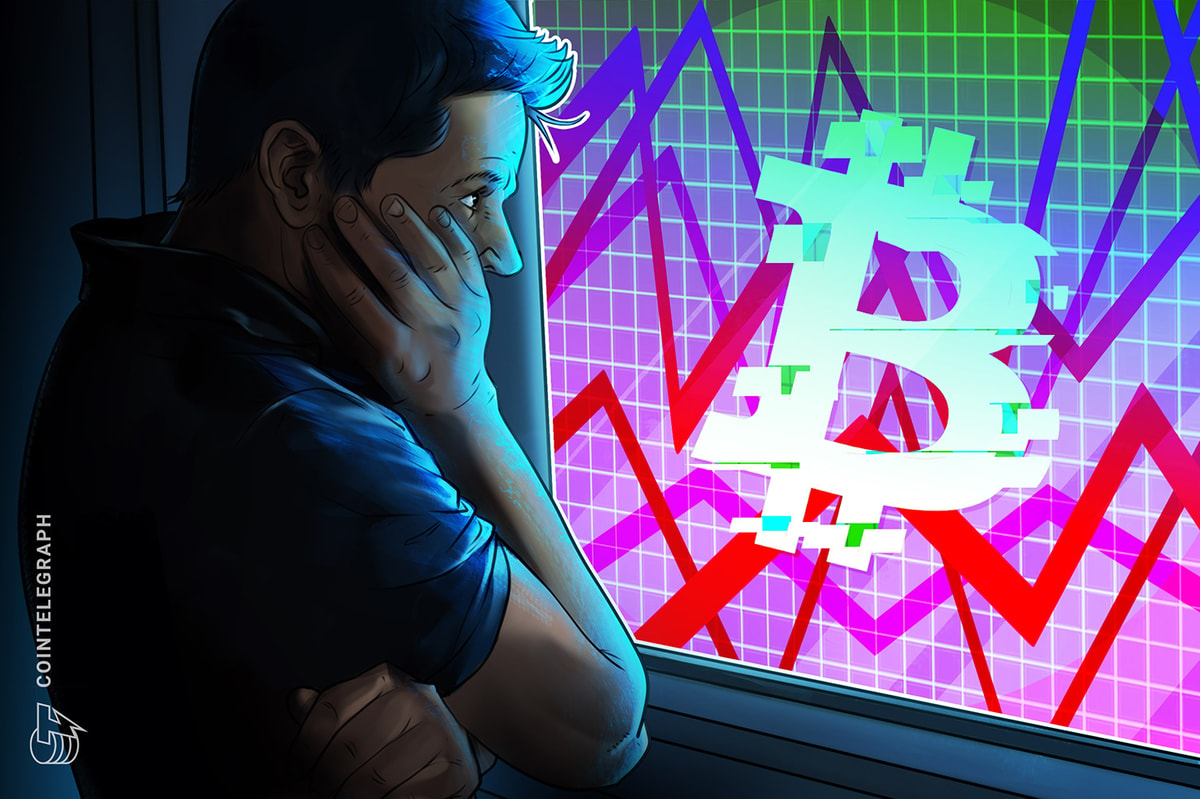


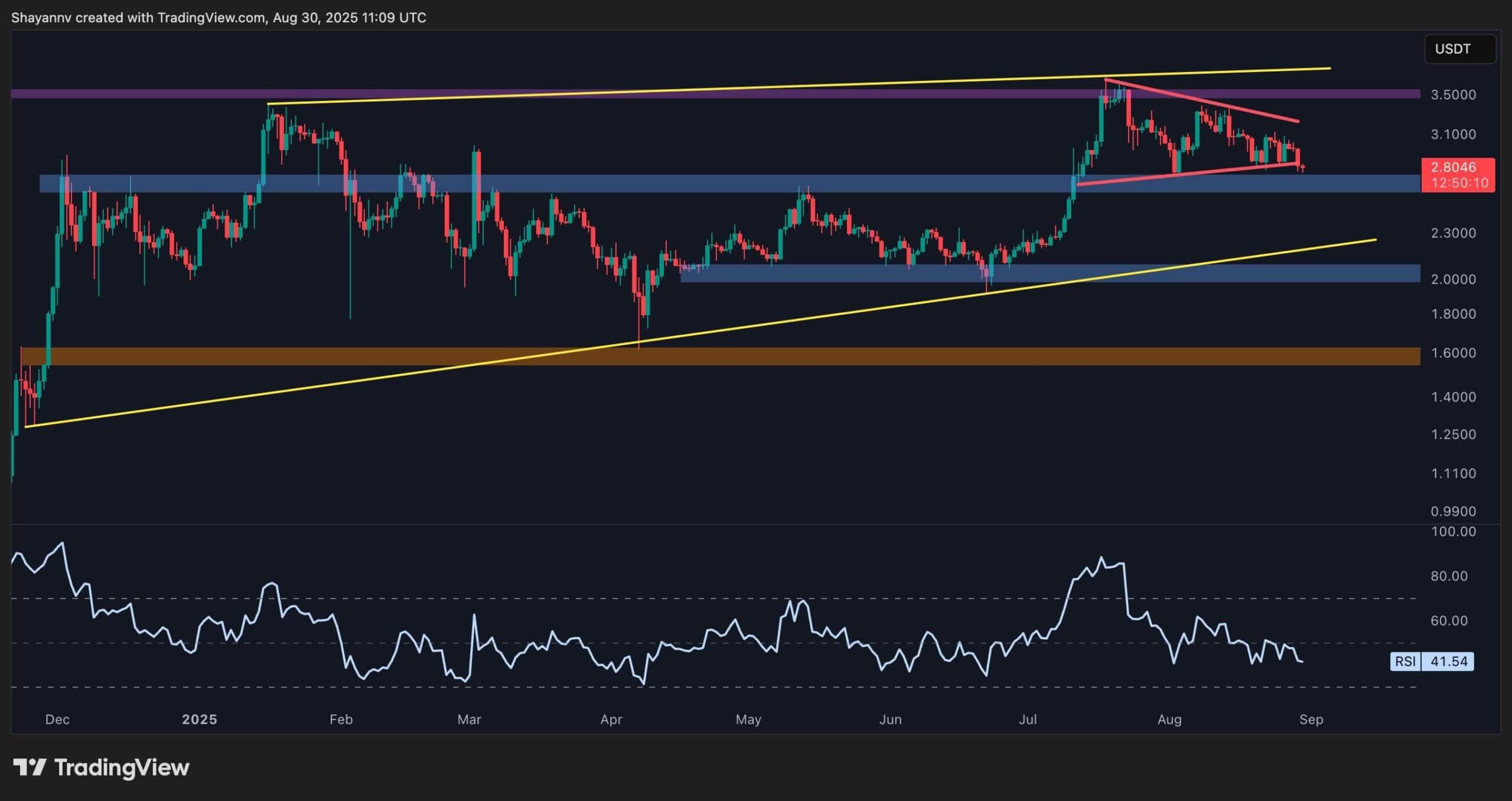
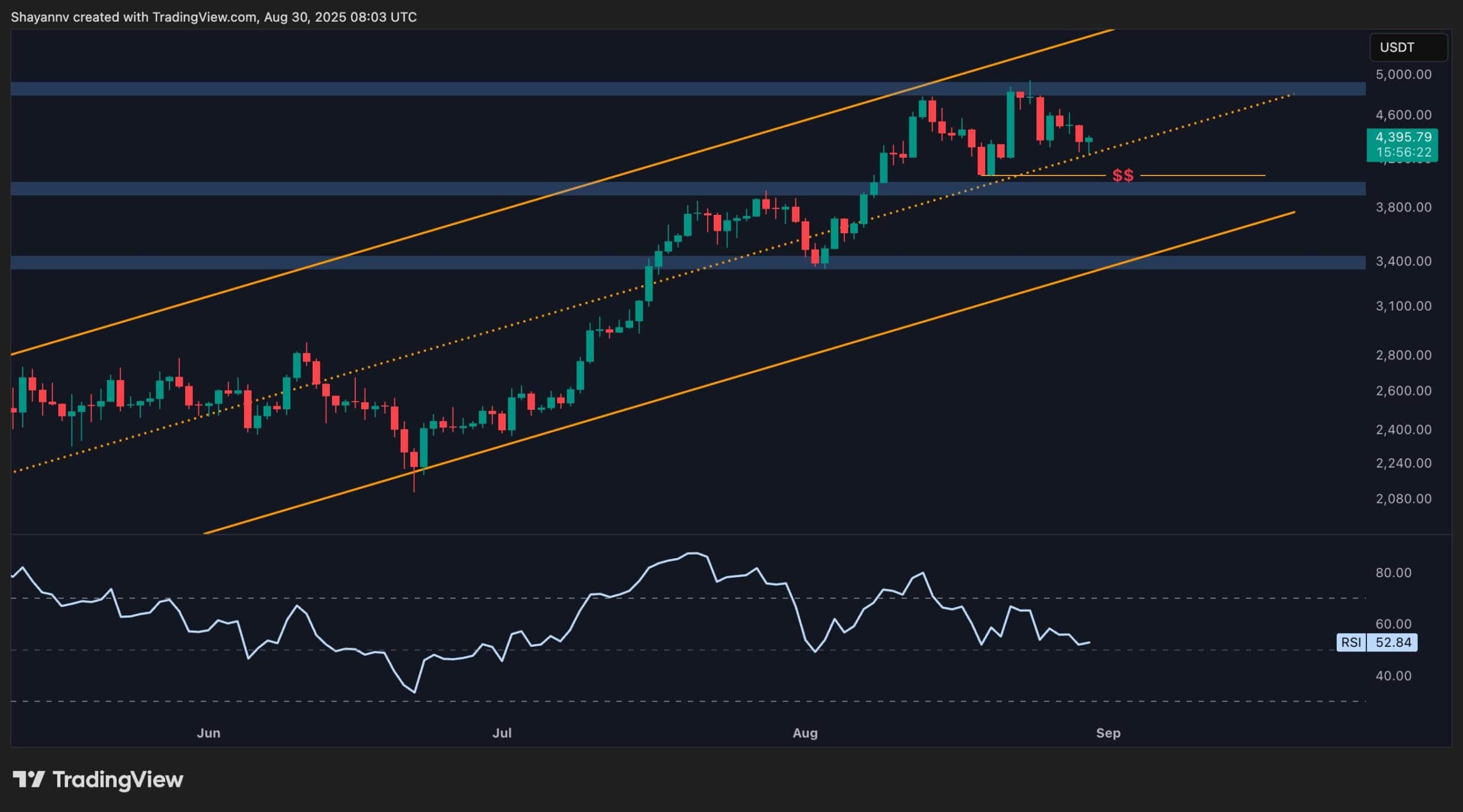
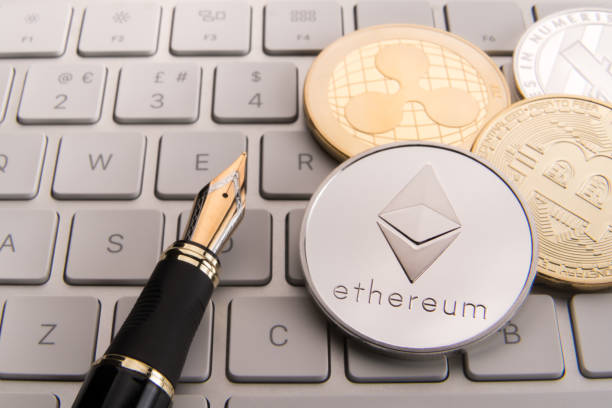
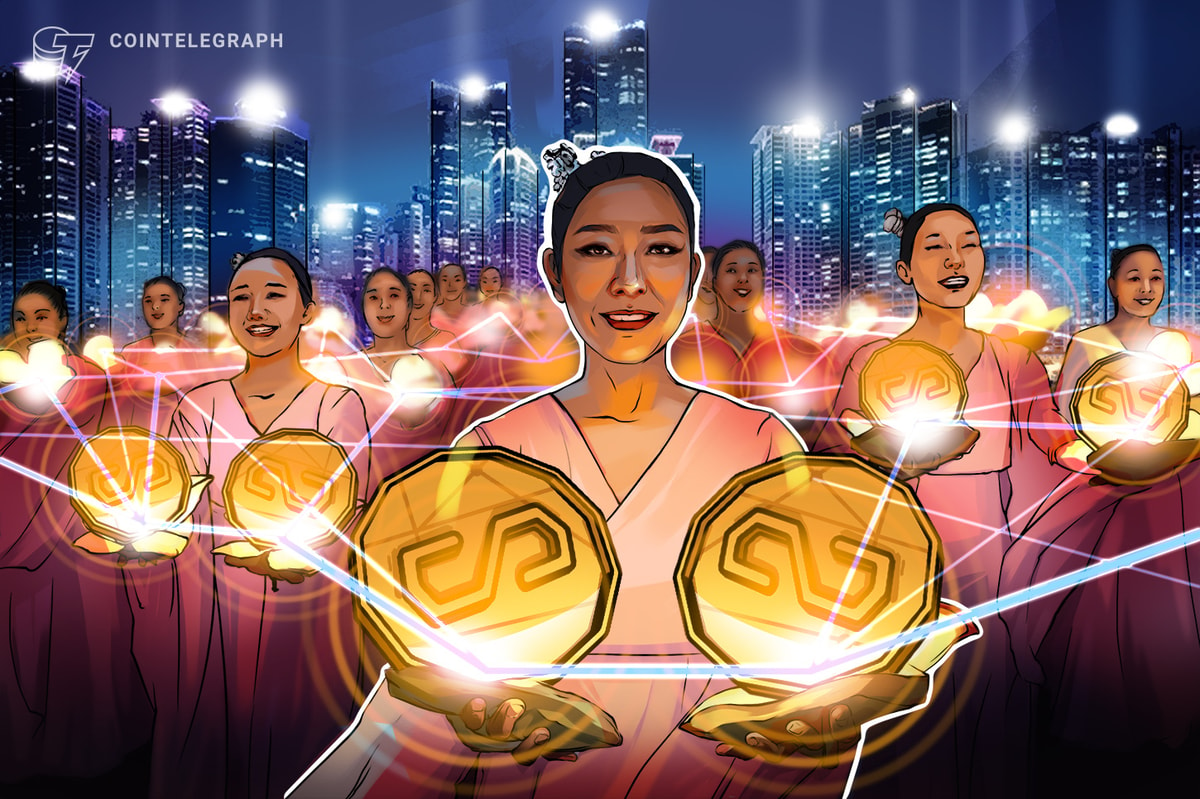
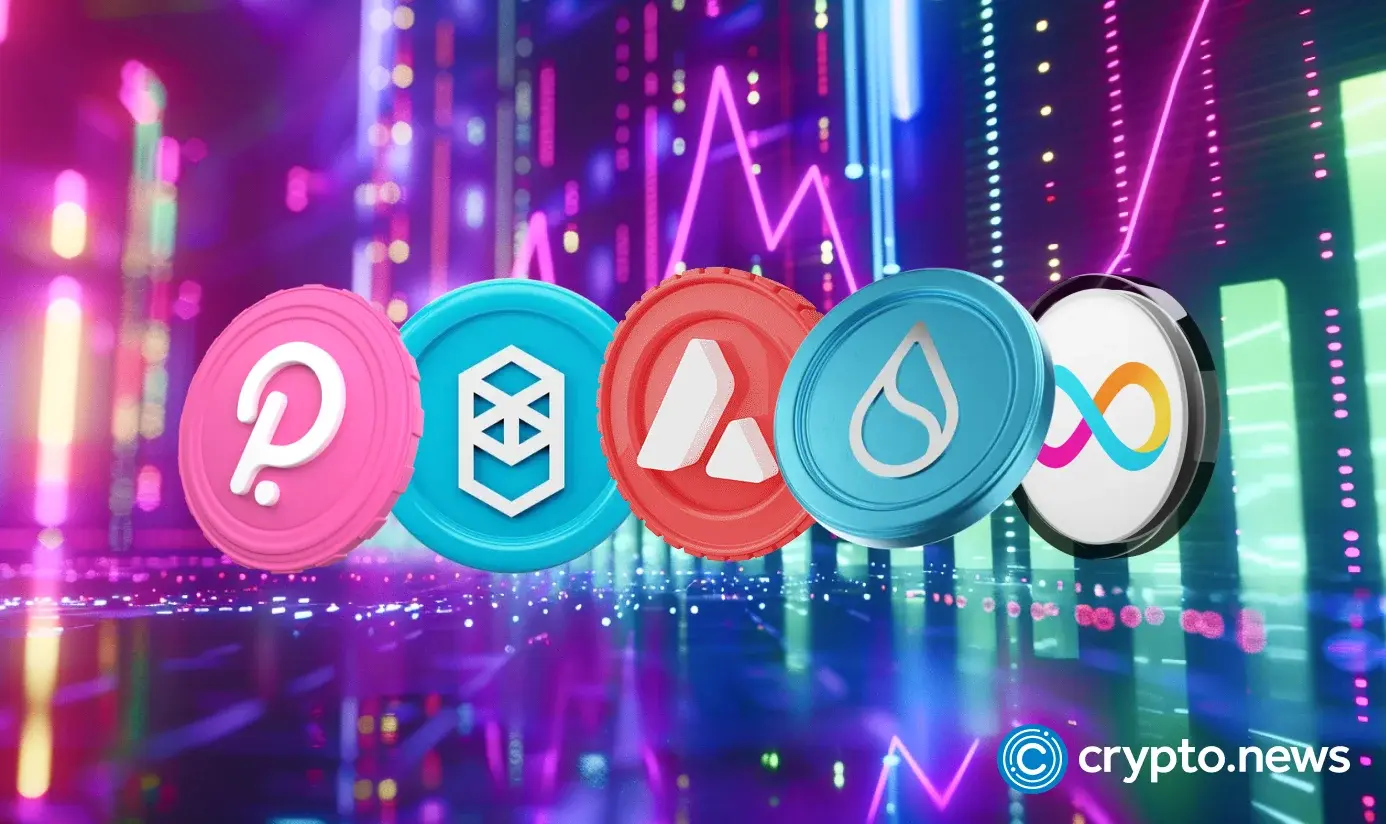

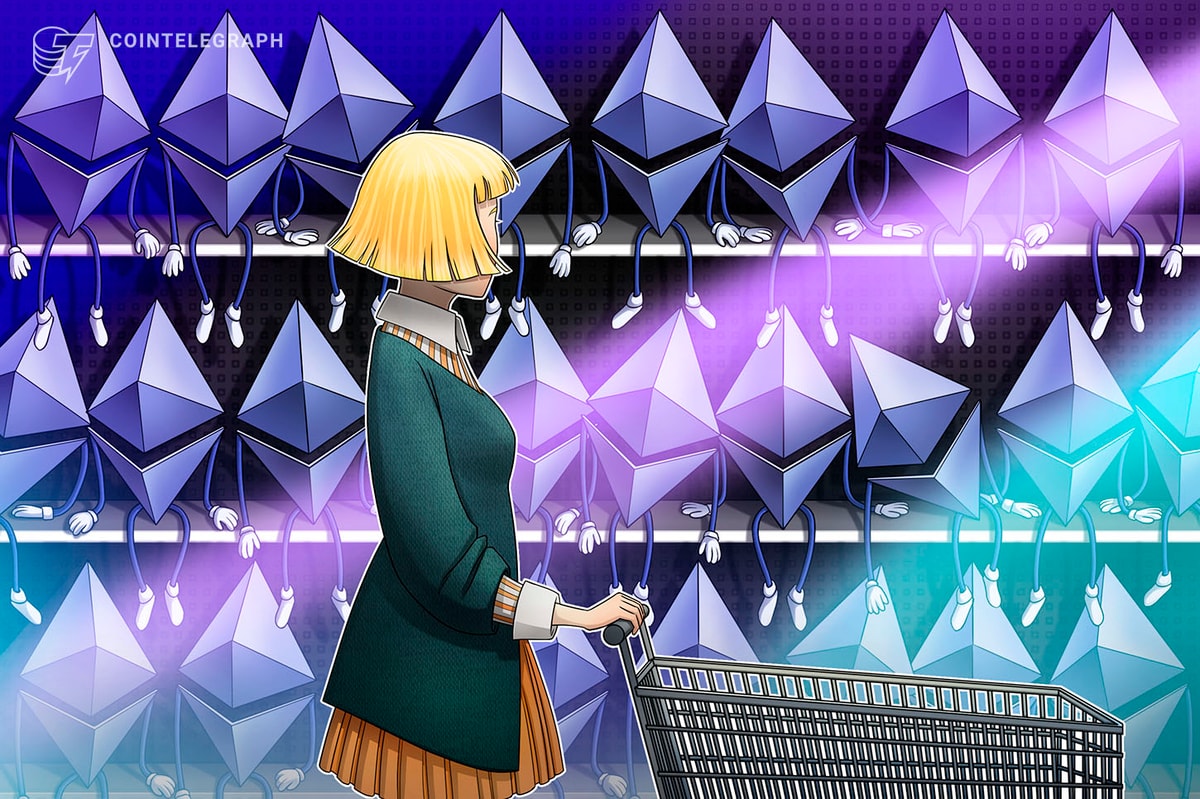

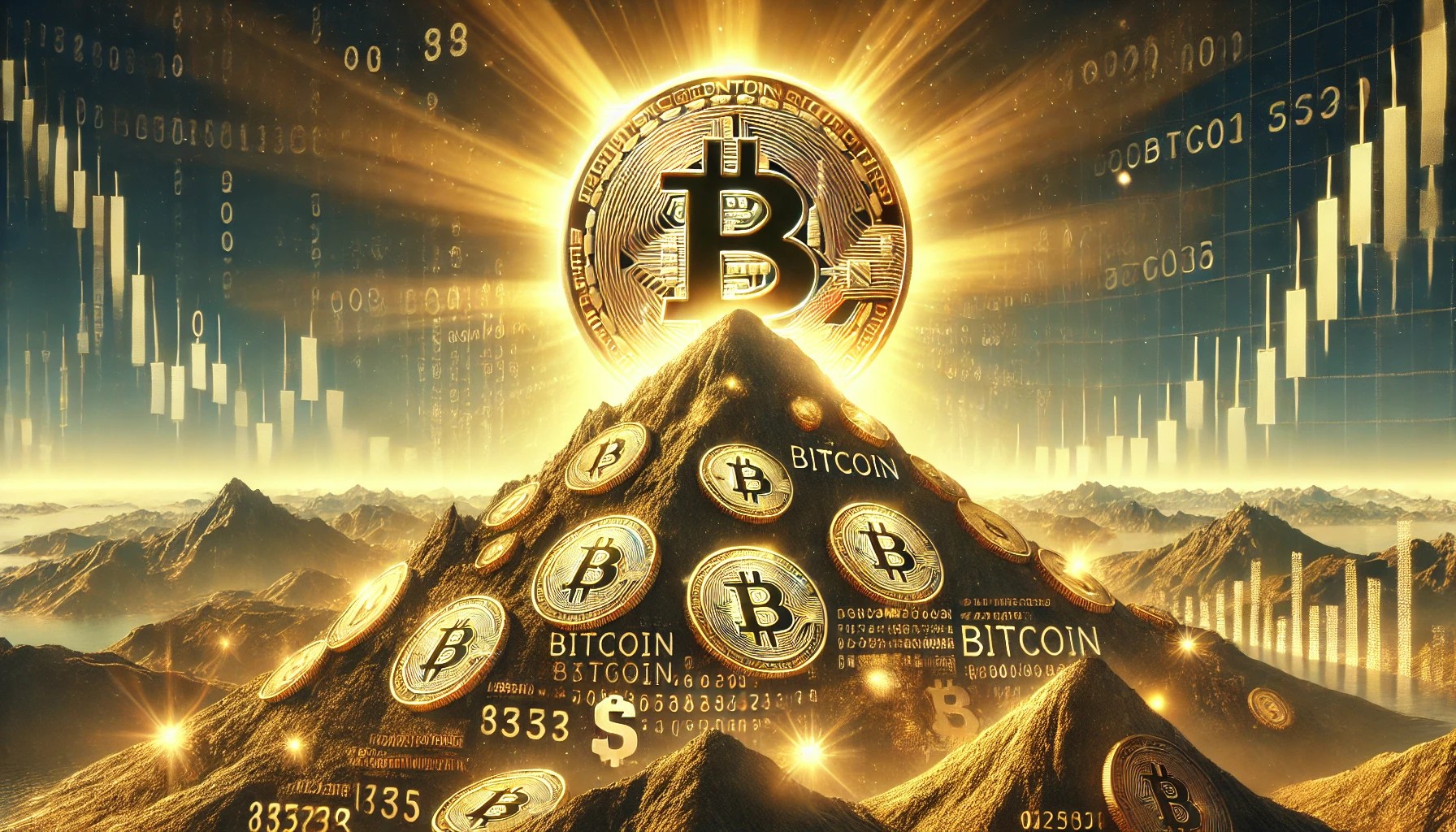
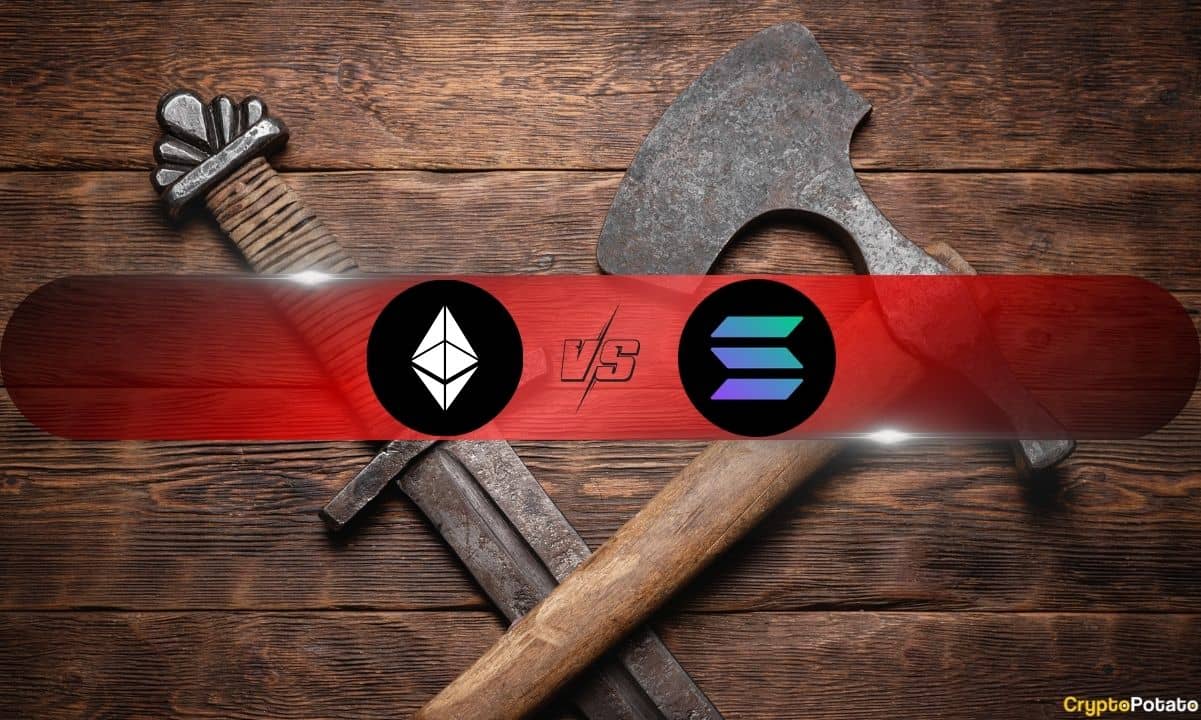

 English (US) ·
English (US) ·